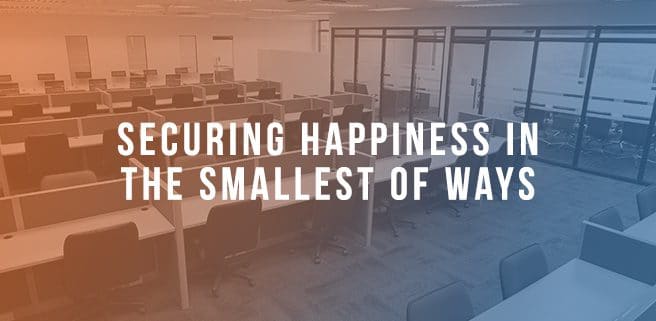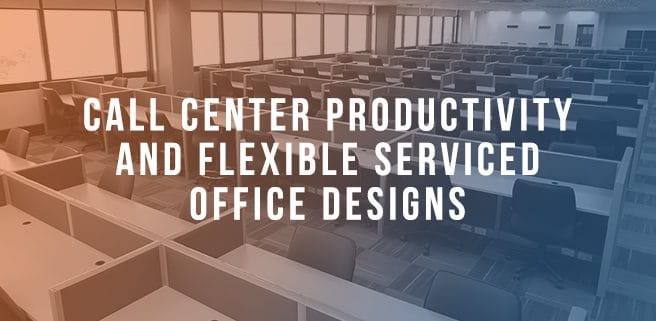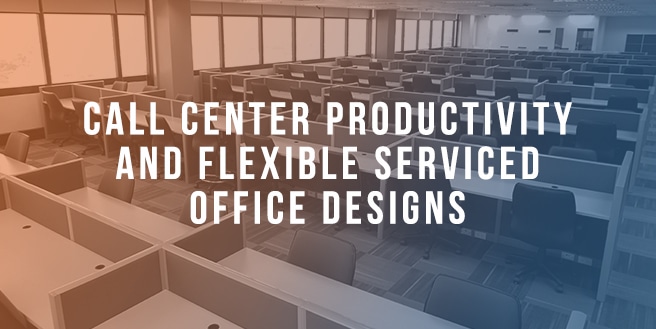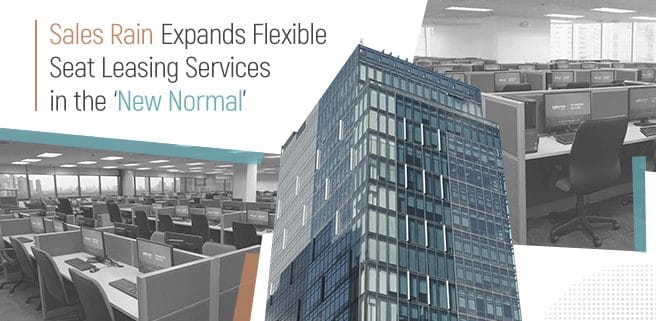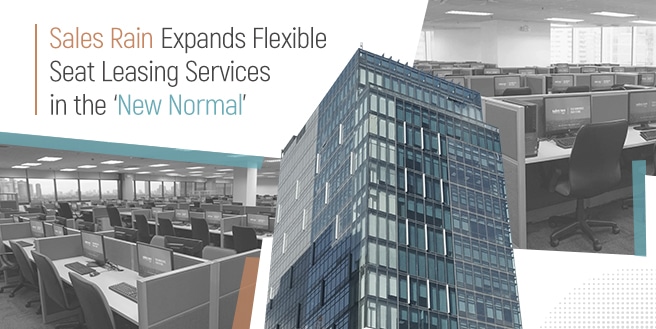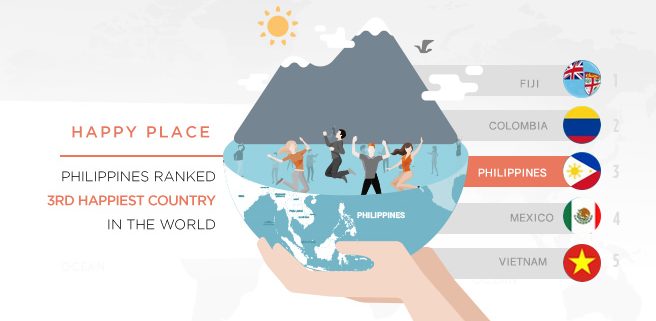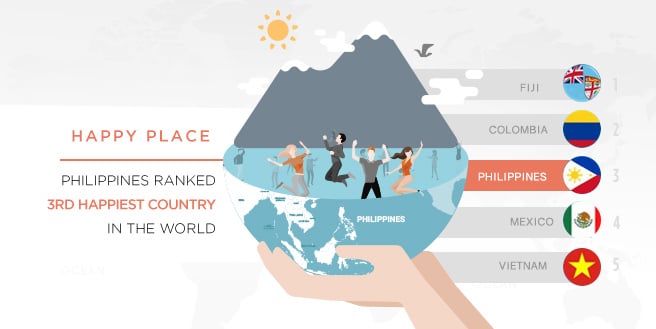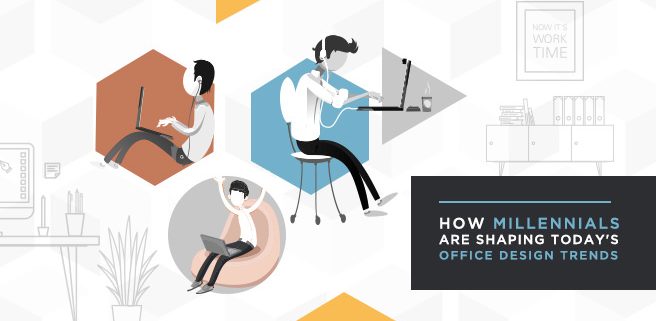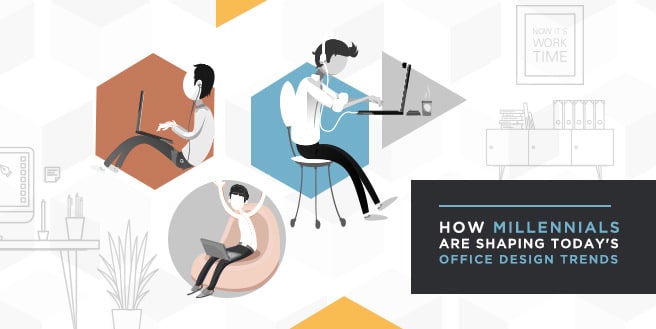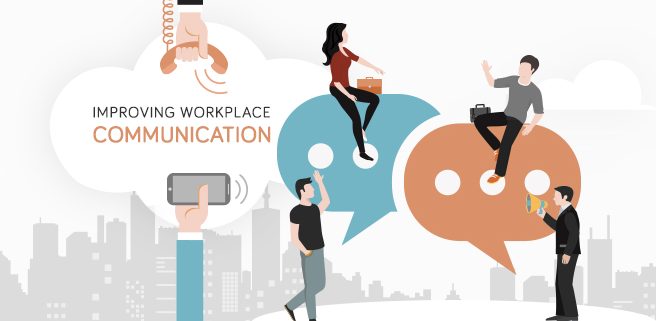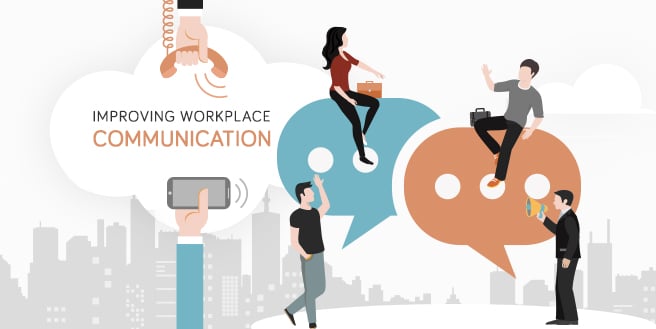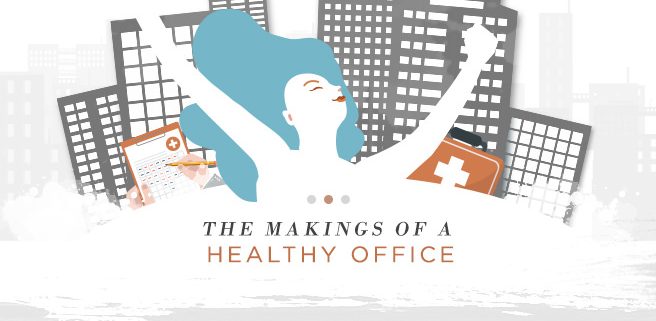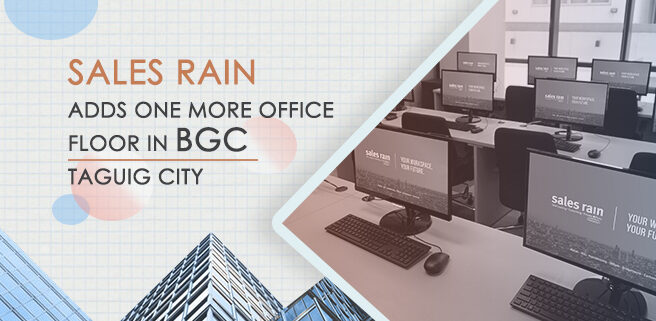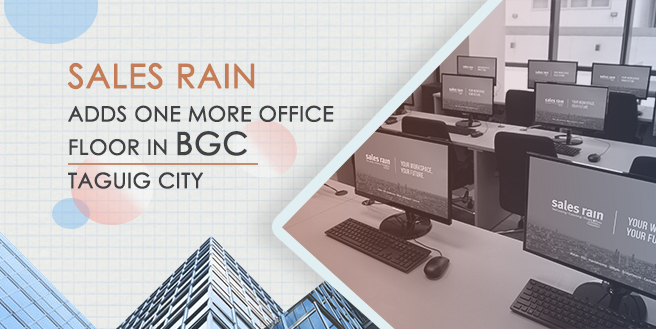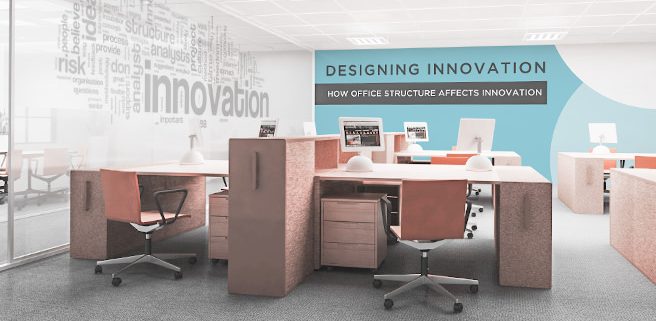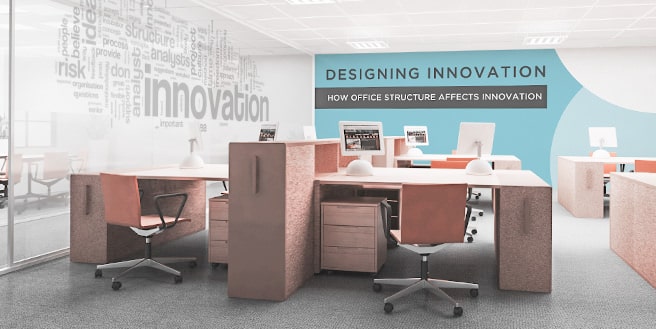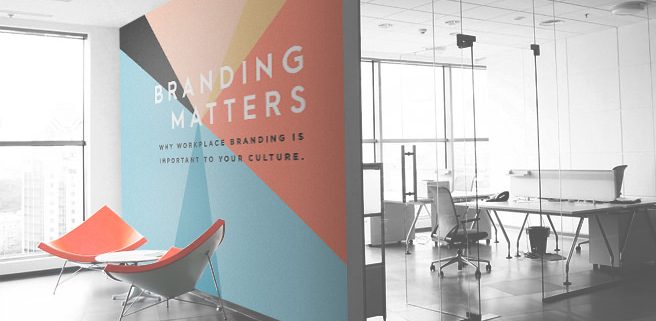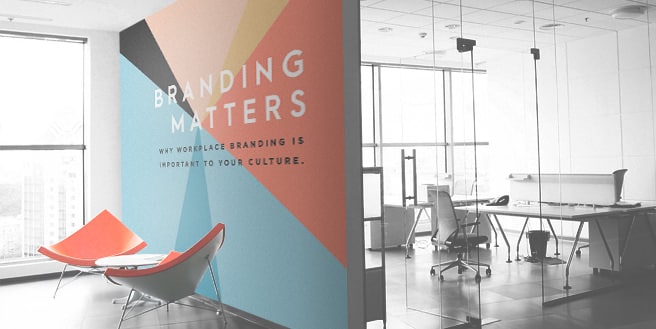Securing Happiness In The Smallest of Ways at Work
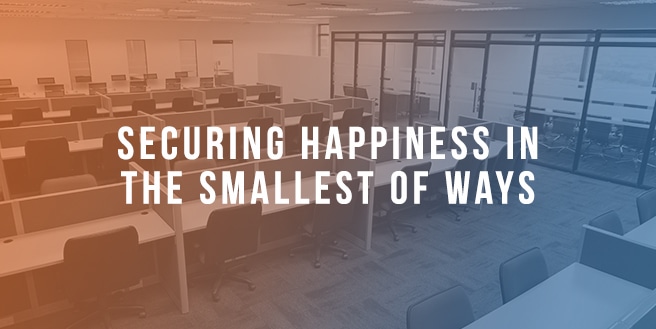
Securing Happiness In The Smallest of Ways at Work
Do you actually like what you do? Not in the broad sense of whether you’re sure that you’re in the right career path, but more of, on a daily basis. When you think about every single task that comes with your job, are there ones that give you genuine joy or happiness? And are there ones that you’re not so fond off?
It’s not often that we step back and analyze whether the smaller things of our career actually makes us happy – and maybe we actually should. There’s an on-going epidemic of committed professionals finding themselves disengaged around the world and their reasons varies because of the unique relationship that everyone has with their jobs.
A lot of us resort to thinking that a grand change is needed for us to feel engaged once again but on the contrary, there are small yet incremental steps that we can actually take to improve our jobs. And when all of them come together, they result to a major increase in our overall satisfaction and happiness. There’s really no need for us to turn everything around for us to actually see substantial results, sometimes a few adjustments on certain areas can be all that we need.
But we can’t really blame you for having this train of thought. Most of us have been told in several commencement speeches, coaching books, and other inspiring stories of fulfilling careers that if we find a job that we want, we’ll never work a day in our life – not entirely. If you look at people who are thriving in their respective careers, you’ll find that most of them didn’t just find them, they made them. At the beginning of their story there was the job and over time, they transformed it into something that truly fulfilled them.
Transforming your job from something that you do to make a living to something that really means something to you, will be hard but we’ve got to start somewhere right? Maybe you can try this extremely not complicated trick.
Try carrying a notepad at all times, for one whole week. Draw a line down the center of a page and label the first column with like and the other one dislike. Each time that you finish a task, reflect whether you had fun doing it or not. Did time fly by as you were doing it? Or did you end up procrastinating the whole way?
Does this sound silly? Kind of, but the thing is, it’s a beautiful yet simple way of doing a quick inventory of our emotions to the reality of our day or week at work. If you figure which tasks lights you up, brings happiness to your day, gets you more energetic and creative, we get a simple road map of what we should be running toward to. Volunteer for more of the activities you enjoy. It’s not much but it’s a good starting point to understanding where we should focus majority of your time and energy in. And when you have spare time during the day, maybe you can ask a coworker for some help in trying to improve on the tasks you don’t like that much. If you think that the reason why you dread doing these activities is because you’re not that great at it, then reframe your mind and try improving your execution.
There’s nothing wrong in asking for help or looking for a small collaboration with someone from the office. In fact, today’s work landscape is promoting this ideology so much so that most serviced offices today are all about creating workspaces that cultivate partnerships. Take for example, Sales Rain’s shared spaces. Its semi-private offices feature an open layout that makes it easier for you to come over a coworker’s desk for help, not to mention that the overall layout of its offices also makes it convenient for spontaneous interactions that can lead to partnerships!
Admittedly, the advice we just gave you might not make you instantly happy about your job, but at the very least, it helps you discover what you’re really like when you’re enjoying your job – and no one else can tell you that but yourself. Let us help you find happiness in the workplace, reach out to us, and we’ll be glad to give you a private tour.

